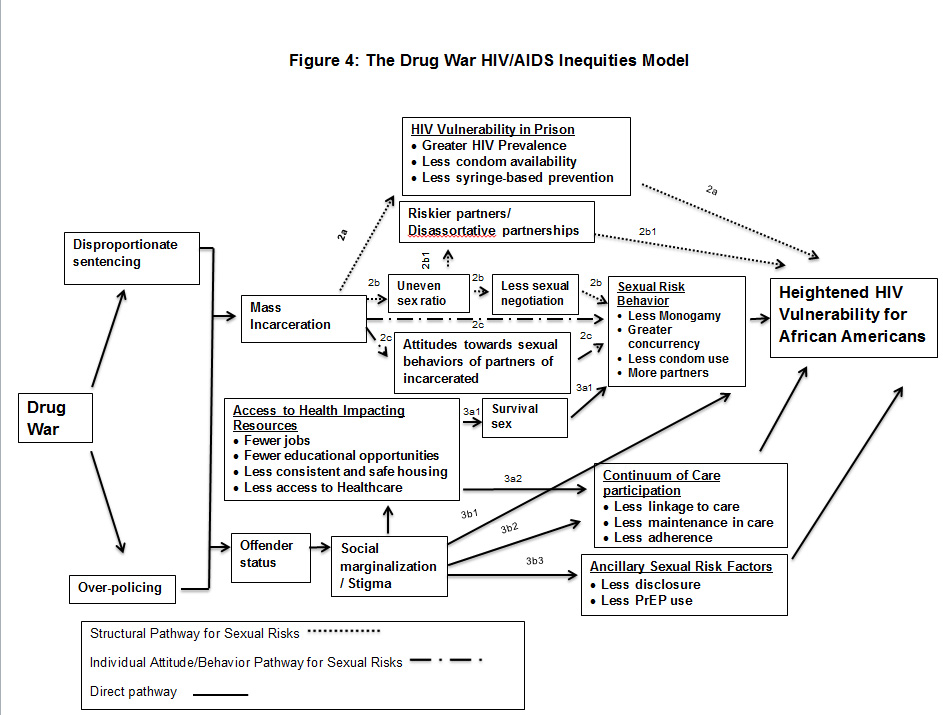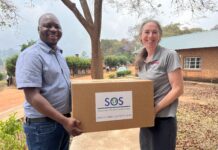
Although HIV rates are higher among the African American community compared to the White population, research shows that engagement in risky behaviors does not fully account for these differences.
Researchers at the University of Louisville School of Public Health and Information Sciences have developed a tool for framing the relationship between policy, criminal justice practices and HIV-related factors that impact racial disparities. Jelani Kerr, Ph.D., and Trinidad Jackson, M.S., M.P.H., utilized a review of scientific literature and an historical analysis of drug policy to create the Drug War HIV/AIDS Inequities Model to serve as, which recently appeared in the International Journal of Drug Policy.
“Inequitable criminal justice practices associated with drug policy impact HIV vulnerability of African Americans,” Kerr said. “These practices and their byproducts can impact social marginalization, health care utilization, access to resources, and intimate relationships. All of these affect HIV vulnerability.”
According to the model, two main factors — disproportionate drug-arrests and sentencing of African American communities — lead to pathways of HIV vulnerability. The study points out that although the rates of lifetime drug use and drug distribution are similar between African American and White communities, more African Americans are under correctional control because of drugs. The study explains that the incarceration rate for African Americans related to drug offenses (256.2 per 100,000) is 10 times greater than the rate for white individuals (25.3 per 100,000).
The model suggests that not only are those who engage in high risk behaviors such as unprotected sex and needle sharing through injection drug use or tattooing within correctional facilities at an increased risk of HIV acquisition, but the broader African American community also is affected. First, mass incarceration disrupts monogamous relationships and promotes an imbalance in the number of men and women in African American communities. The scarcity in the male selection pool can increase the risk of multiple sexual partnerships and increase difficulty in negotiating risk-reduction practices such as condom use.
As the model further delineates, African Americans with a history of incarceration are often marginalized and experience stigma associated with having served time in jail or prison. As the study explains, a history of incarceration is “a negative credential that sanctions social and legal employment discrimination.” These individuals often face barriers to accessing educational opportunities, less consistent and safe housing, and less access to health care.
Kerr says he hopes the Drug War HIV/AIDS Inequities Model will not only guide intervention development to eliminate racial/ethnic HIV disparities, but also improve the effectiveness of HIV risk reduction strategies, as well as influence future policy decisions.




























